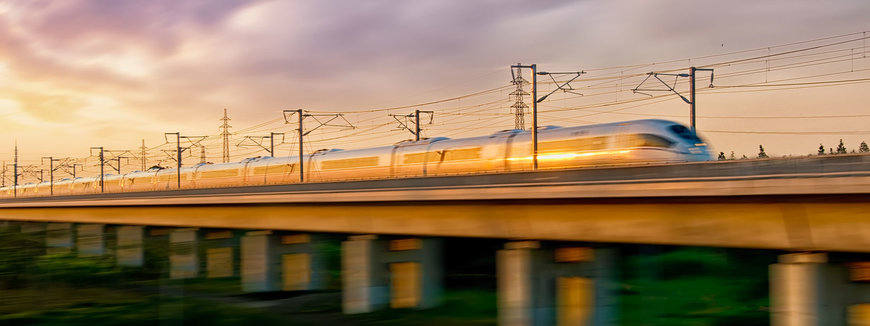railway-international.com
16
'22
Written on Modified on
Ricardo has completed a new study that will improve the accuracy of comparing global high-speed rail noise reduction standards and their comparative costs
The report, High Speed Rail: Cost of Compliance for Noise Mitigation Procedures, has been published by the Federal Railroad Administration (FRA), an agency of the United States Department of Transportation.

Central to the study was the development of an analytical tool to enable global standards and regulations to be cross-compared on a more consistent basis and provide more accuracy when assessing mitigation methods between one jurisdiction and the next.
The study was prompted by an earlier research report commissioned by the FRA that demonstrated how attempts at making direct comparisons of global noise regulations and standards for high-speed rail systems around the world had been complicated by variations in the sound level measurement metrics, such as measurement locations, microphone position, train operating conditions (e.g., speed) and measurement procedures.
The tool developed by Ricardo's teams, CONTRAST (Comparison Of Noise for TRAin Standards), can be used to determine, for example, how a train set compliant with European Technical Specifications for Interoperability performs against US or Japanese regulations.
Cost comparison an additional component of the research
A second task for the research team was to demonstrate how the tool could help the US rail industry compare the costs of various noise mitigation technologies used around the world.
More than 70 different options that could be adopted by the US were initially assessed before the modelling was applied in more detail to two representative US high speed routes of similar length - the Northeast Corridor (NEC) and California High Speed Rail (CHSR) system.
The analysis illustrated, for example, how the same mitigation methods would cost five times more on the NEC representative track than on the CAHSR, mostly due to the higher population density of the Northeast Corridor’s impacted zone.
To view the full report, visit the FRA website:https://railroads.dot.gov/elibrary/high-speed-rail-cost-compliance-noise-mitigation-procedures
www.ricardo.com

